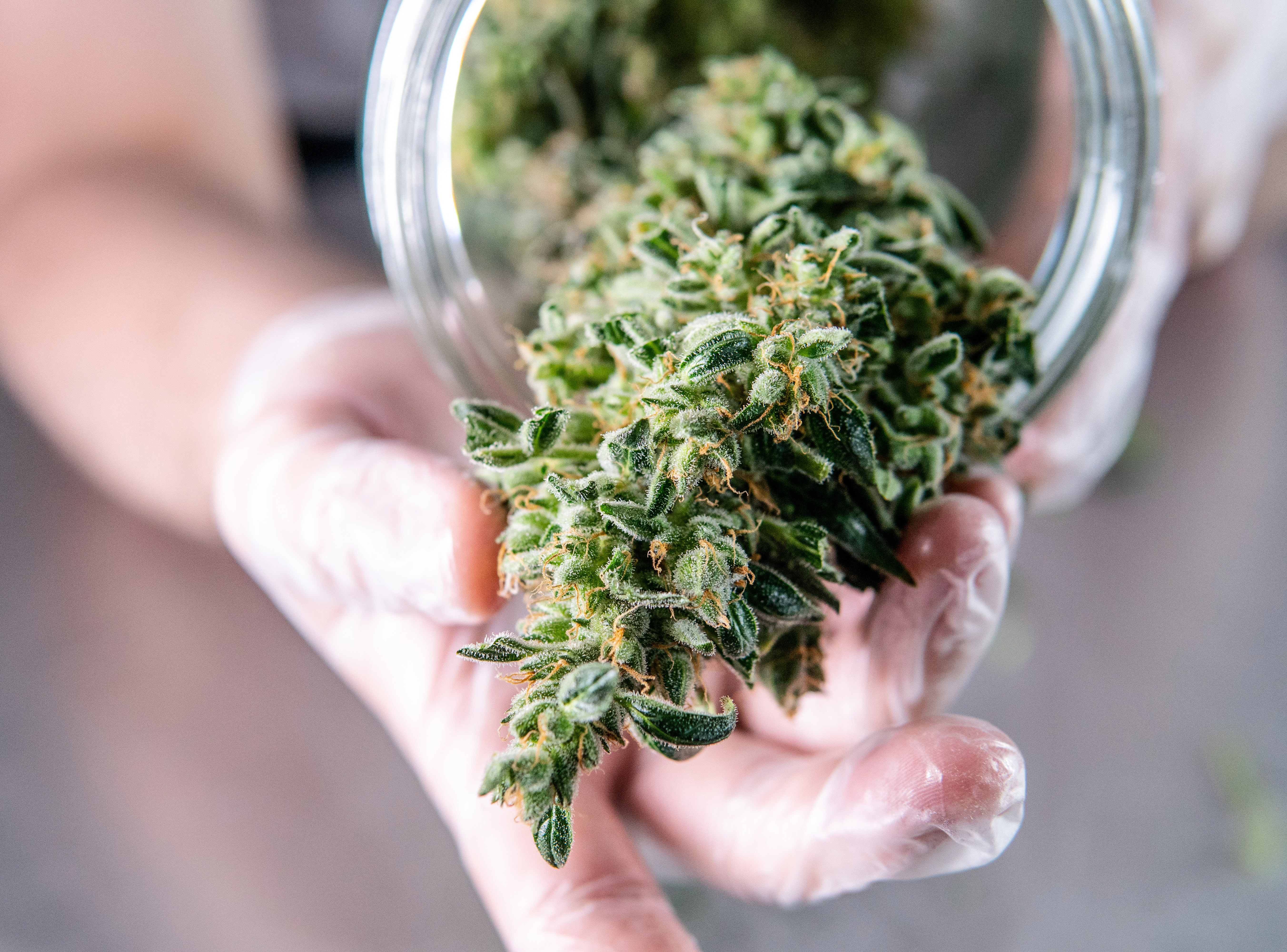 Canadian researchers investigating the association between cannabis use and respiratory-related emergency department (ED) visits and hospitalisations, have found that using cannabis is linked to an increased risk of emergency care and hospital admission – for any cause.
Canadian researchers investigating the association between cannabis use and respiratory-related emergency department (ED) visits and hospitalisations, have found that using cannabis is linked to an increased risk of emergency care and hospital admission – for any cause.
The study, published on the 27th of June in BMJ Open Respiratory Research, showed that compared to others, cannabis users had significantly greater odds (22%) of an Emergency Department visit or hospital admission.
Yet surprisingly, the most common cause for going to the hospital was acute trauma (15%), closely followed by respiratory health (14%) – or in other words, actually smoking the substance was just behind ‘doing silly things when high’ in terms of associated risk of admittance.
In fact, the research team, led by Dr Nicholas Vozoris from the Division of Respirology at St. Michael’s Hospital and the University of Toronto, observed no significant association between cannabis use and respiratory-related ED visits or hospitalisations.
“Our population-based, retrospective, propensity score matched cohort study, involving 15,202 individuals and extensive covariate adjustment, showed no significant difference in the frequency of respiratory-related emergency room visits or hospitalisations between cannabis users (3.6%) and never-users (3.9%),” Dr Vozoris’ team said.
“Analysis of the data [also] showed that the overall odds of dying from any cause and an emergency room visit or hospital admission for a respiratory issue didn’t differ significantly between the two groups.
“When the data were further stratified by gender, previous hospital care for a respiratory problem, smoking, and a diagnosis of asthma or COPD, no significant differences emerged between the two groups either.
“[And] in contrast to some previous research demonstrating that combined cannabis and tobacco exposure is linked to worse outcomes, we surprisingly found that cannabis use was associated with significantly decreased odds of respiratory-related ER visits or hospitalisations in the subgroup of current and former tobacco smokers.”
The researchers highlighted that the acute trauma outcome among cannabis users was noteworthy, pointing out that there is a growing body of literature linking cannabis use to increased risks of generalised body injury, motor vehicle accidents, falls and skeletal fractures.
“[However], because our present research focus was on the possible association between cannabis use and acute respiratory infectious illness, it was beyond our scope to further describe possible associations between cannabis use and physical trauma,” Dr Vozoris said.
“Further research is needed to confirm our findings, but our results suggest that cannabis use is associated with increased risk for serious adverse health events, and therefore, its recreational consumption in the general population should be discouraged.
“It’s not as harmless as some people might think.”
Cannabis is the most commonly used mind-altering drug worldwide thanks to the result of its legal reclassification in various countries: most notably Canada and the USA, where the substance has been approved for recreational purposes.
Australia legalised growing of cannabis for medicinal and scientific purposes in February 2016, with a regulatory framework allowing legal access to medicinal implemented by November of that same year.
And while recreational use is still quite a way off, according to the latest National Drug Household Survey, in 2019 – for the first time in the survey’s history – more Australians supported the legalisation of cannabis (41.1%) than opposed it (37%).

